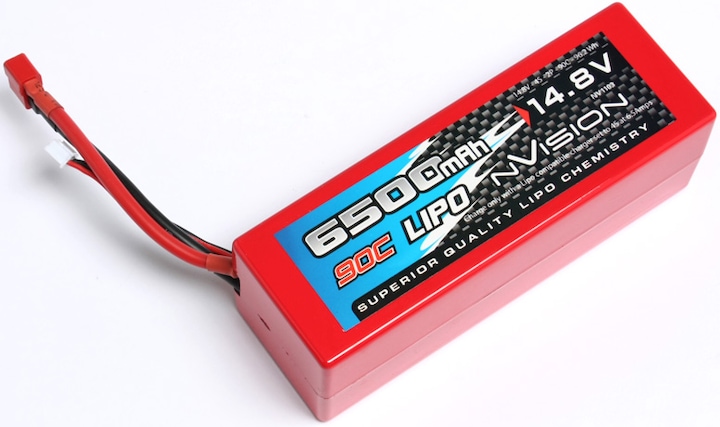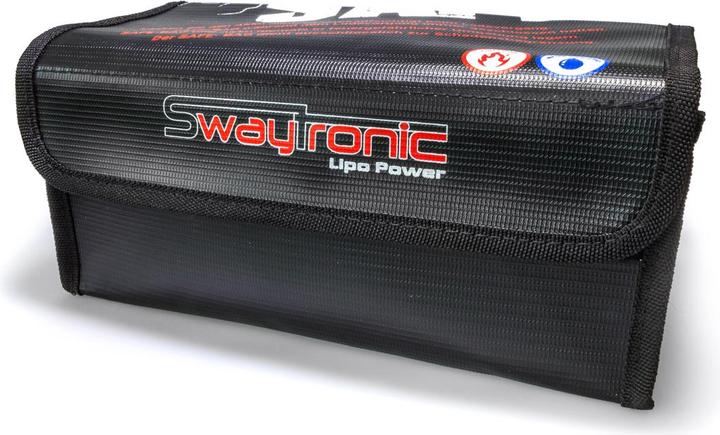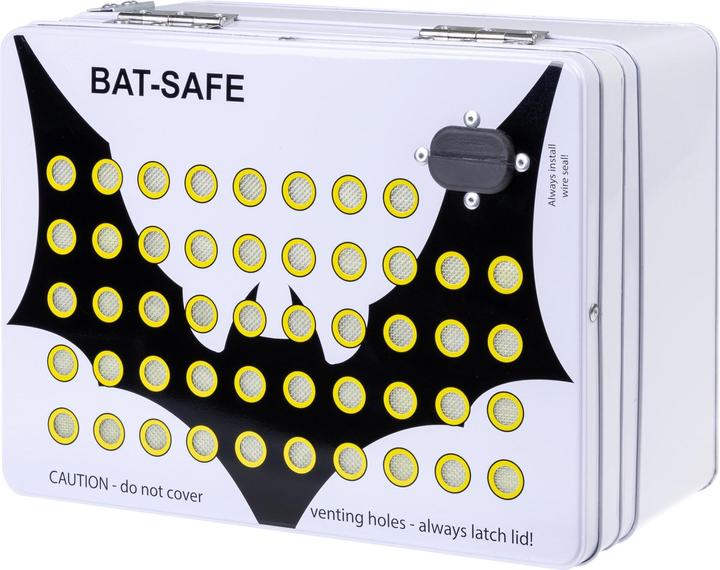
The lowdown on lithium polymer batteries
Lithium polymer batteries have become virtually standard in the world of remote controlled vehicles. They're light yet still have a lot of power. But their descriptions often leave people confused. What do all these numbers mean?
LiPo (lithium polymer) has revolutionised the remote control battery market. Its properties have seen it surpass conventional types in no time. LiPo batteries are relatively light but have a high storage capacity. But they do have their drawbacks, including the fact that they don't last very long. Many of them have to be replaced after around 200 charging cycles. But if you use and charge them correctly, you can increase this lifespan and save yourself some money.
What do the numbers on the battery mean?
There are three main values on a LiPo battery, which provide information on what type it is.
Capacity (mAh)
The battery's capacity is given in mAh (milliampere hours). A battery with 1000 mAh can supply 1 ampere of electricity for an hour. If the user needs 2 amperes, this duration is halved to 30 minutes. Basically, the higher the capacity, the longer you can use your RC vehicle.
Number of cells (S)
A single cell supplies 3.7 volts. To increase this figure, LiPo cells are connected in series. These can be 3S (three cells), 4S (four cells) and even 6S (six cells). A 4S battery supplies 4 x 3.7 volts, 14.8 volts in total. Some batteries have a P value as well as an S value, such as 4S2P. The P stands for parallel. In a 4S2P battery, two 4S series are connected in parallel.
Discharge rate (C)
The C value enables you to calculate the maximum number of amperes your vehicle can draw from the battery. You can use the following formula to work this out: capacity (mAh) / 1000 x C. The calculation for a battery with a capacity of 4000 mAh and a discharge rate of 25C is as follows: 4000 / 1000 x 25 = 100. That means that your vehicle can draw a maximum of 100 amperes of power without damaging the battery.
Check out the entire RC battery range here.
So you don't have to call the fire brigade
Unfortunately, LiPo batteries aren't free of danger. Using the wrong charger or overloading the cells can cause a fire. And you definitely don't want to see a LiPo battery burn. If they catch fire, your entire home can easily follow. The resulting gases are even worse than the fire itself. Breathing them in can be extremely toxic.
The best and safest way to charge your LiPo batteries is to use LiPo bags, fireproof containers that protect against house fires. You put the battery you need to charge inside, close the bag and only take it back out when it has charged. That way, if anything goes wrong, the fire can't spread and is kept under control.
Find our entire LiPo bag range here.
Want to browse through our products? Here’s our complete RC range. Don't care about the products, but like my contributions? Click here to follow me.







